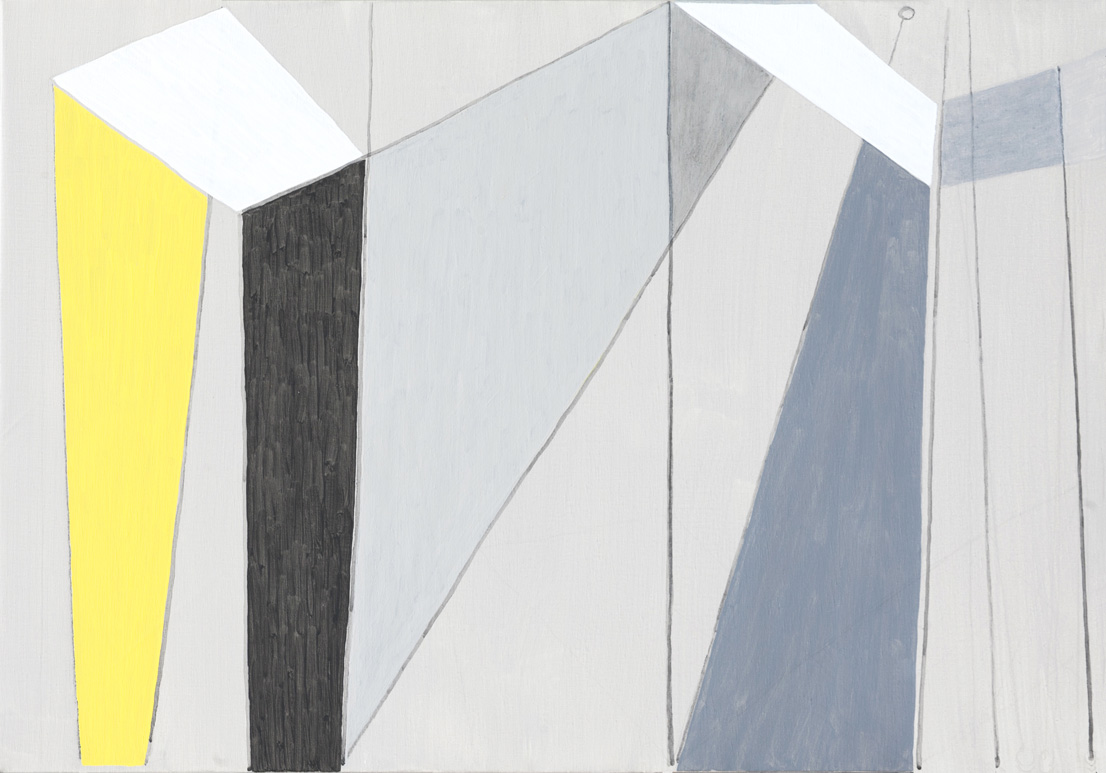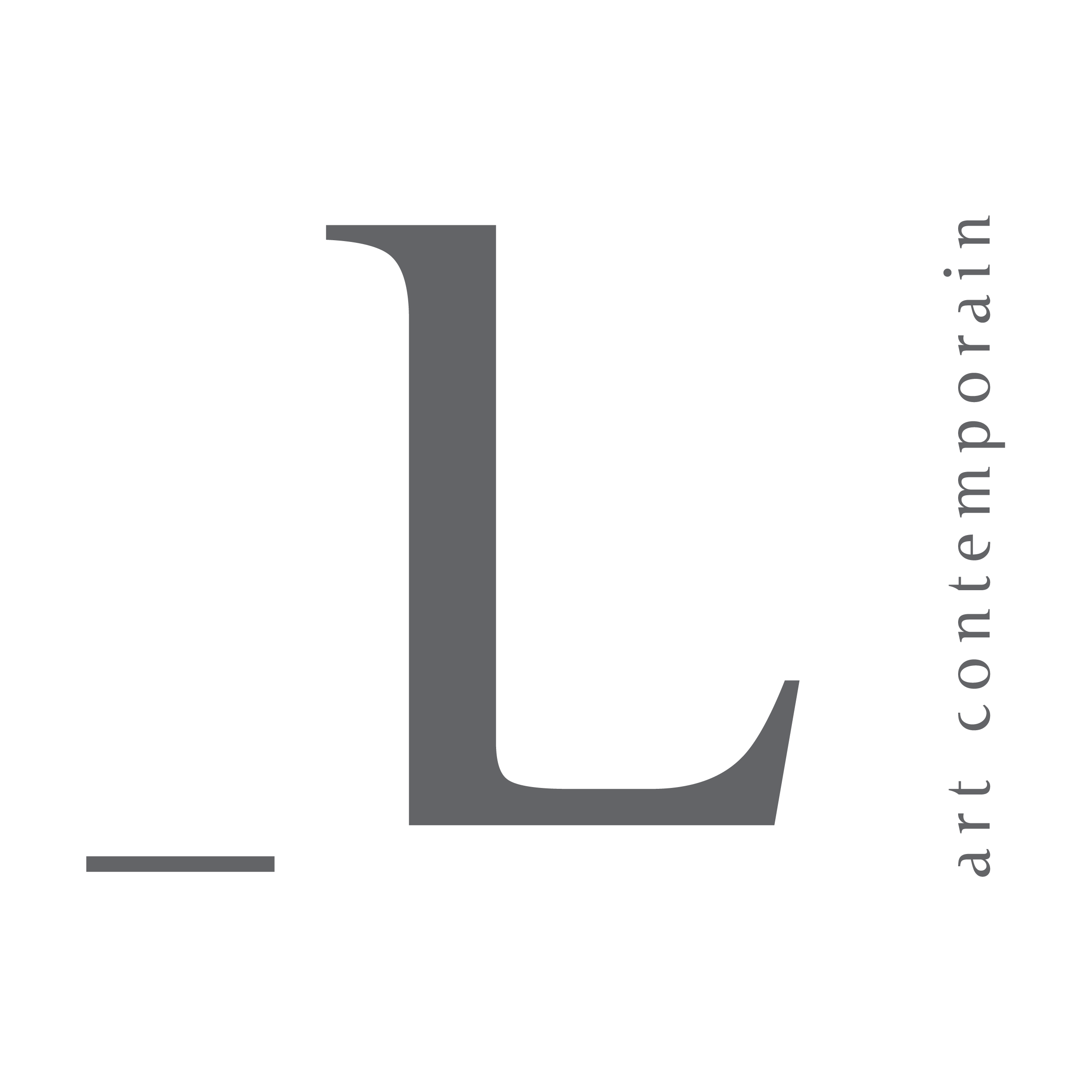Niura Bellavinha, Julio Villani and Vasilis Zografos

Vernissage September 17, 2015 at 5PM
Exhibition Until November 1, 2015

Download PDF
for more information
The exhibition will present the work of Niura Bellavinha, Julio Villani, and Vasilis Zografos, moving from figurative to abstract, through the same technique of oil painting. Fundamental themes such as temporality, subject, and expression are at the core of their individual reflections.
Oil painting has appeared at various historical moments within different literary and artistic contexts, which underscores its highly influential place in universal culture. Oil on canvas, a technique favored by painters, was not widely used until the early 15th century; since then, a long path has been traced through countless brushes and various supports. In this context, Zografos’ works can be seen as studies of still lifes, even though his work is, in fact, a political commentary on the recent years in Greece. With clear references to archaeology, Vasilis emphasizes that mass consumption is a phenomenon of decadence characteristic of each “deluxe” period of lifestyle.
Meanwhile, “the question of identity, which forms the backdrop of Julio Villani’s approach, is not only approached through the issue of the line—whether as division, connection, or balance—but through an extensive engagement with memory (…) which allows him to combine two temporalities in order to create a new one, giving the resulting work its own existence.” – Ph. Piguet, Prologue of the monograph Julio Villani: it’s (a ga)me, Ed. Bookstorming, Paris 2010.
Finally, nature, a common element among the three represented artists, is at the center of Niura Bellavinha’s work, who reinterprets the canvas as a filled vessel. She applies a jet of water to the surface of the artwork, creating stains and shapes she calls “infiltrations.” These represent the internal and external sweating of the paint, closely linked to the human bodies that act as both its engine and vector, inspiring a fluid discourse of unexpected connections.
